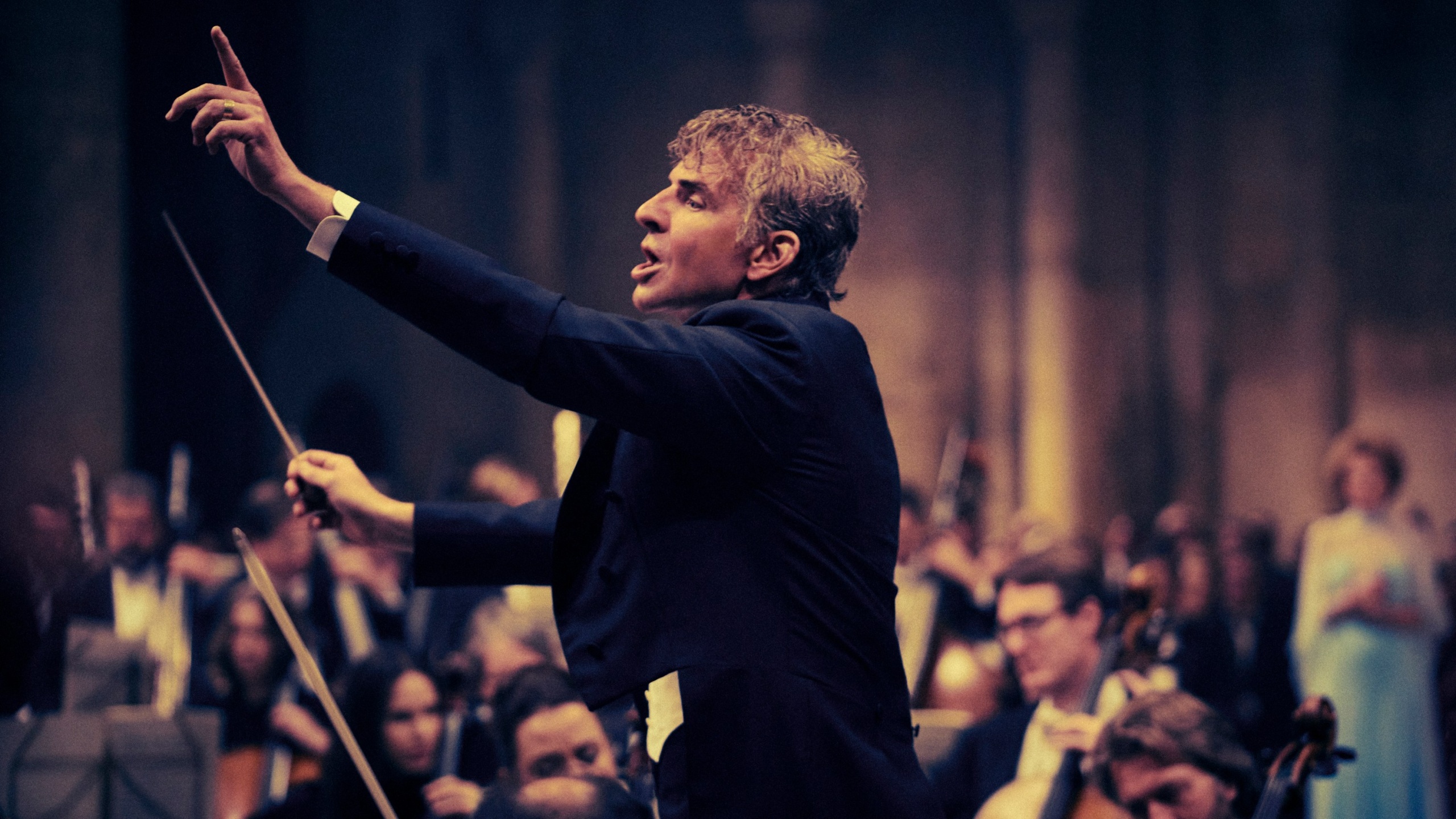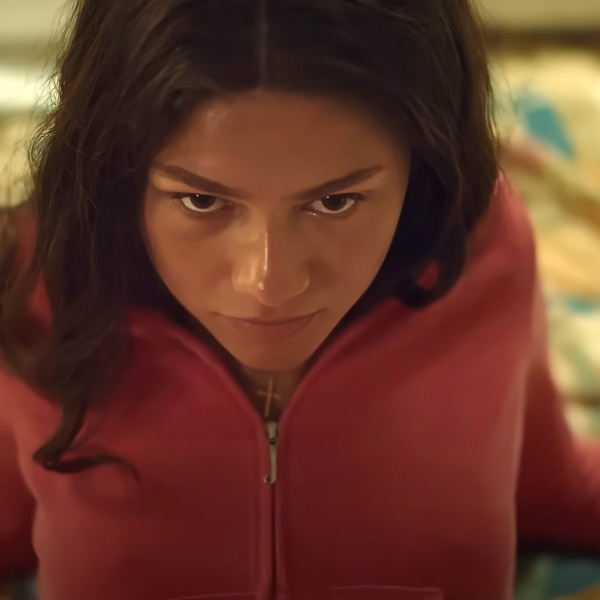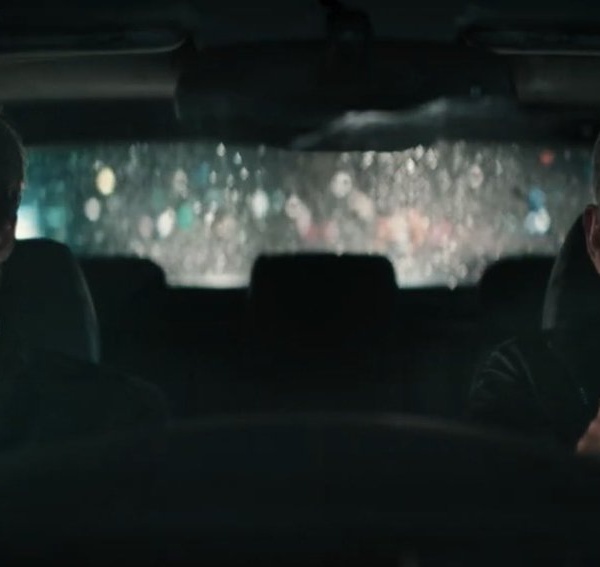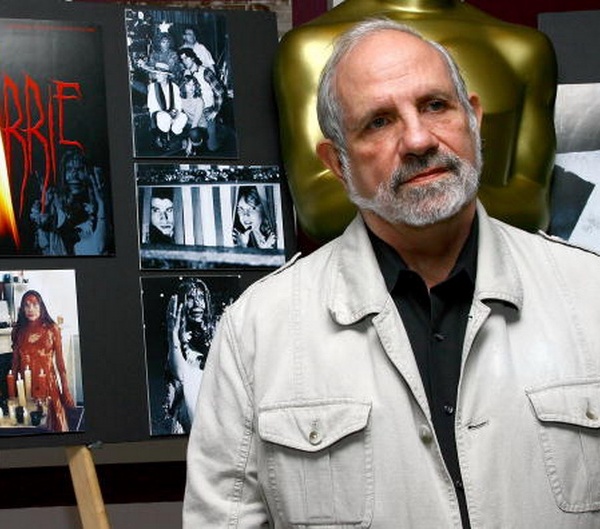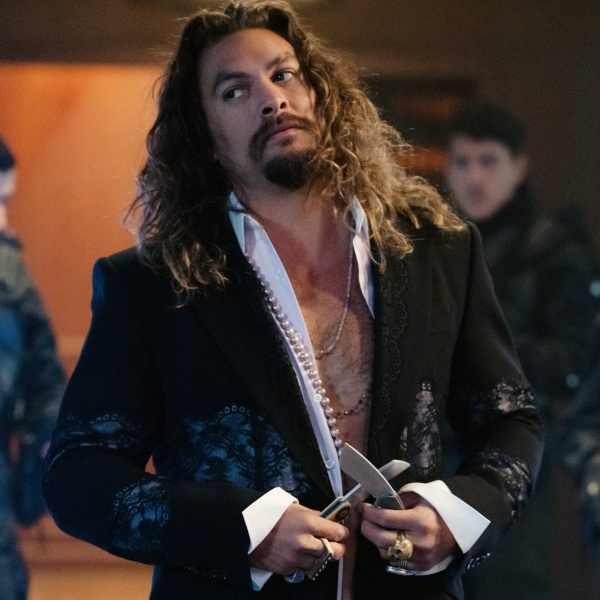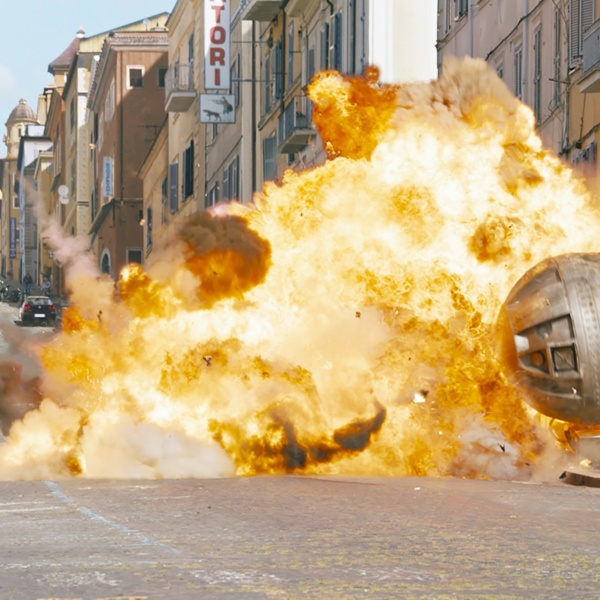[Editor’s note: The following interview contains spoilers.]
The musical legend of Leonard Bernstein was very much of interest to Emmy-winning editor Michelle Tesoro (“The Queen’s Gambit”). But what really drew her to Bradley Cooper’s “Maestro” (Netflix) was the complicated love story, spanning four decades, between Lenny (Cooper) and Chilean-American actress Felicia Montealegre (Carey Mulligan). Theirs was a rocky 25-year marriage that descended into a divided life consumed by his enormous appetite for music, fame, and same-sex lovers.
“The love story was more attractive to me in terms of telling a story and finding a way for people to connect with these iconic people,” Tesoro told IndieWire. “Love comes in many different forms: how we accept it, and how it functions in our lives is not always a romantic love. It’s that ‘you can’t always get what you want, but you get what you need’ type of thing. But then how do you deal with a life like that, on her side? Where do you fit in? You realize how much this person is giving to the world with their talent, but, at the same time, your own life is being eclipsed.”
For “Maestro,” Cooper wanted to experiment with period shifts in color and black-and-white and aspect ratios (1.33 and 1.85), and so it became a puzzle to construct for the sophomore director (following “A Star Is Born”) and the Filipina American editor (who was introduced to him by Sean Penn after cutting “Flag Day”).
Fortunately, Tesoro and Cooper were able to put together a proof of concept montage based on early camera tests with cinematographer Matthew Libatique, which served as a useful roadmap for cutting the movie. “Like aesthetically, just what looks good, what we are attracted to, what seemed to [best] represent the time period,” she said. “In looking at the footage, just hands down, there was no better way than shooting color and black-and-white film. So that affected us from the very beginning, how we shot it. We experimented with intercutting different aspect ratios. Would it be distracting? And I think, ultimately, that he found it was. He decided to do it very much more intentional.”
They decided to divide the first half in black-and-white (the ’40s and ’50s) and the second half in color (both in the boxy 1.33 aspect ratio that Cooper liked for its narrow width framing). “I remember him telling me that the movie was [about] the foreground [and] the background and he liked it as a viewing container,” added Tesoro.

However, “Maestro” opens with a prelude in color and 1.85, in which the elderly Bernstein wistfully fumbles at the piano in East Hampton prior to a 1980 “60 Minutes” interview with Mike Wallace, when he admits how much he misses “her” with a pang of guilt (the late Felicia died of lung cancer in 1978).
The monochromatic first half has the tone and exuberance of a ’40s romcom, where we’re swept along by Lenny and Felicia’s chemistry and emotion. They meet cute in 1946 at a party hosted by Chilean pianist Claudio Arrau and immediately engage in witty banter about their complementary artistic talent. The camera moves quickly to keep up with their energy, and Tesoro provides overlapping transitions as they take their bows: Felicia at her Broadway debut and Lenny at Carnegie Hall
“When I first showed the film to my husband, he actually was like, ‘Oh, it’s like the black-and-white is the opposite of ‘The Wizard of Oz,’” she explained. “So you have this fantasy that is in black-and-white. And when we transitioned to color, it’s just the harsh reality in all the colors, seeing everything for the first time…even if this was something that they both walked into eyes wide open.”
Yet Tesoro didn’t find her groove until the very intimate moment at the Cherry Lane Theater, where Lenny helps Felicia run through a scene from the play that she’s understudying. “And that scene in Cherry Lane, when she comes out from the dark and she has the book and starts reading the lines and giving him the lines, was the first time that I think I found the tools of staying with the characters and not cutting away,” she added. “We had such a wonderful camera operator, Scott Sakamoto, who knows where to be and who to be on.
“And, to me, that scene leading up to the transition where there’s a wipe and she’s bowing was the first time I understood the rhythm of the film. And the moment where we’re intercutting the two bows and sort of comparing and contrasting her success and his success, was something that Bradley and I found in the editing room when we where trying to create more moments of parallel in the timeline of their relationship.”

The most striking transition, though, is the “We’re not in Kansas anymore” moment when we switch from monochrome to color with Felicia’s back to the camera, wearing a blue dress in silhouette. It’s a great melancholy shot reproduced on the poster. “Initially, we were not supposed to transition that way,” Tesoro said. “We were supposed to have a whole other scene where they’re in Italy. So when he got that shot of Carey at the window, he had framed it again, like the proscenium and the curtain [introducing the young Lenny in his loft apartment]. There are recurring themes that he likes framing that end up working together.”
Meanwhile, in the second half, the rhythm slows down as they grow older and more distant and resentful, culminating with the bravura Snoopy Thanksgiving fight in their Dakota apartment. The sequence begins with a crowded holiday party (recorded live) and Lenny making his way through the rooms and lands in the bedroom, where Felicia unloads on him for having to always be the center of attention and the animus that drives his passion for music.
Cooper decided that the emotional importance called for it to be done in a single take. “We’re setting the stage where we need the room to stand back and allow Felicia to blow up in front of us,” Tesoro said. “They’re in this room and they’re arguing, and she’s like a caged bird, but in this one take you still have life going on around them — their children and the parade outside. And, ultimately, with the Snoopy float, we did try to match the scarf and the sweater that Lenny was wearing so that Lenny was Snoopy.”
Of course, the music, which was all recorded live, was integral to the cutting as well and mixed for the ultimate immersion in Dolby Atmos: Lenny fantasizing about being one of the sailors in the “Fancy Free” ballet sequence, composing “Chichester Psalms,” and the epiphany of conducting Gustav Mahler’s Symphony No. 2 (“Resurrection”) in London’s Ely Cathedral. This was interspersed with some of his most iconic compositions, chosen by Cooper as emotional cues to serve as the score: “On the Waterfront” swells after young Lenny learns about his conducting debut with the New York Philharmonic at Carnegie Hall; the “West Side Story” medley occurs twice to evoke the Jets and Sharks rivalry as a metaphor for the divide between Lenny and Felicia.
“The process of what it was and its importance in the editorial was hugely important,” Tesoro said. “Basically, there was a lot of music that was already pre-cleared and pre-decided to be written into the script. But there were a handful that Bradley would listen to and say he’d like to place somewhere. We had a working bin of these cues.”

They shot only a few scenes with live performers, including the scene in the actual Ely Cathedral, which serves as the resurrection of Lenny’s musical passion that momentarily rekindles the couple’s emotional connection. “When we started mixing the sound and music on the mix stage with our Re-Recording Mixers Tom Ozanich, Dean Zupancic, and Music Editor Jason Ruder, these scenes sounded so full and immersive because we had recorded them live with many mics, and Tom was able to take full advantage of the Dolby Atmos space,” added Tesoro. “The other cues in the cut at the time were only stereo track masters of the original recordings, and paled in comparison on the mixstage adjacent to a scene like Ely Cathedral. It was then we decided we should record the other cues in the same way we recorded the LSO at Ely Cathedral, to have that continuous immersive experience.
The Ely Cathedral scene consists of a riveting back and forth between Lenny conducting feverishly, the orchestra responding brilliantly, the choir coming in for their spiritual moment, Felicia enraptured off in the wing, and the couple embracing after the performance. Cooper, though, was so taken by the orchestra and choir that he kept going back to them when they were editing, arguably at the expense of his own performance.
“When we shot that it was over two days,” Tesoro said. “And a lot of what we used was this very last take that [Cooper] took on the second day when the orchestra was more relaxed. Again, camera operator Scott Sakamoto got all the moments that we needed and we had a lot of coverage. Actually, that was one sequence where [Cooper] didn’t choose on that day what he was going to do. He loved all of it, seeing the choir and the violins, and all of it was wonderful. We had cut a version of that in the beginning where we’re doing the thing that you would normally see, but, ultimately, the spine that we kept going back to was this one take. And I remember we showed it to a colleague of his, who said, ‘I get why you cut to the violins or the timpani at this one point, but I just want to stay with him.’ So that is how we ended up there.”
The ending was also difficult to figure out, with Lenny moving on without Felicia (after moving back in with her when she was diagnosed with cancer). “We do not want to stray too far from the initial thesis of the film, which is the love story between the two of them,” Tesoro said. “So it took a while to understand that and that we weren’t trying to make it something else. There was a lot of argument over wanting to show a better side of Lenny. At one point, we ended the film on Lenny dancing to ‘Shout’ [by Tears for Fears]. And people weren’t happy about that, but some people loved that. A lot of it was also we didn’t want to shy away from the good and the bad. And so we had all these versions of what he could be. We had a color version of the two of them walking away in the field at Tanglewood [in the Berkshires]. And for a long time, Bradley thought that was going to be our ending”
They eventually landed on returning to the TV interview as a bookend, which was fitting because they also experimented a lot with the opening before settling on that. “This gives you a more positive feeling about his life, that he was thinking of her and he still had music in him, but also showing that he lived his life on his terms as well,” she added. “And you can think about it however you want. And we thought that was the best way.”
Netflix will release “Maestro” in limited release November 22. It makes its streaming debut December 20.
